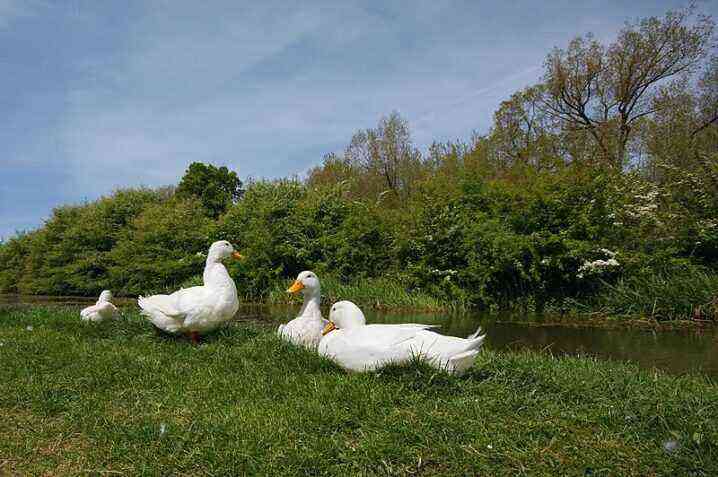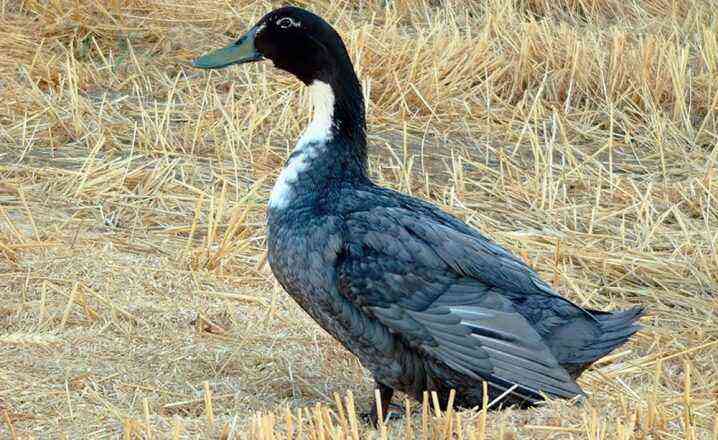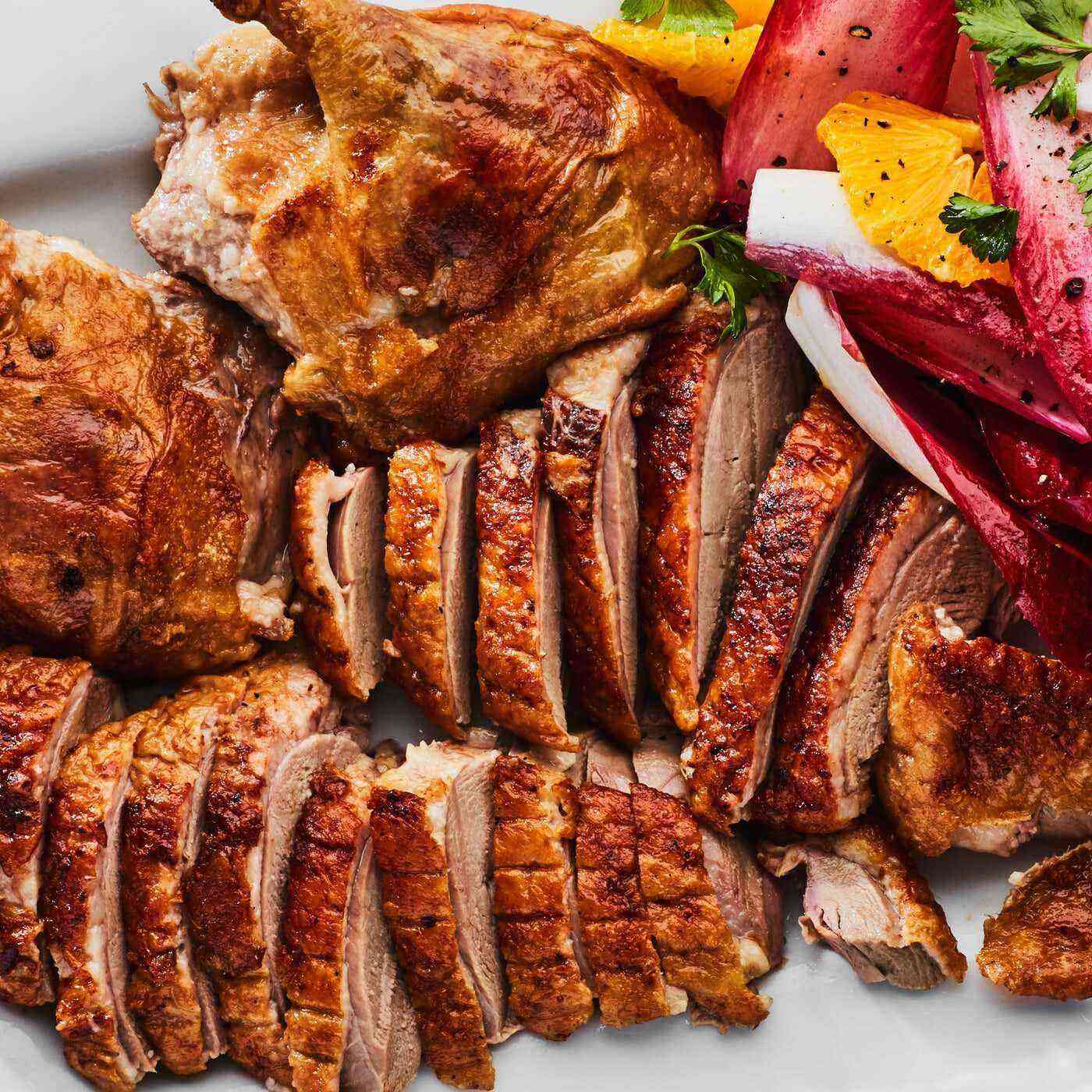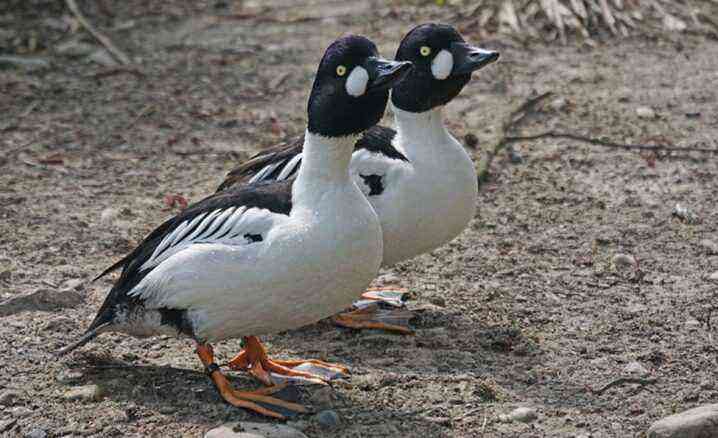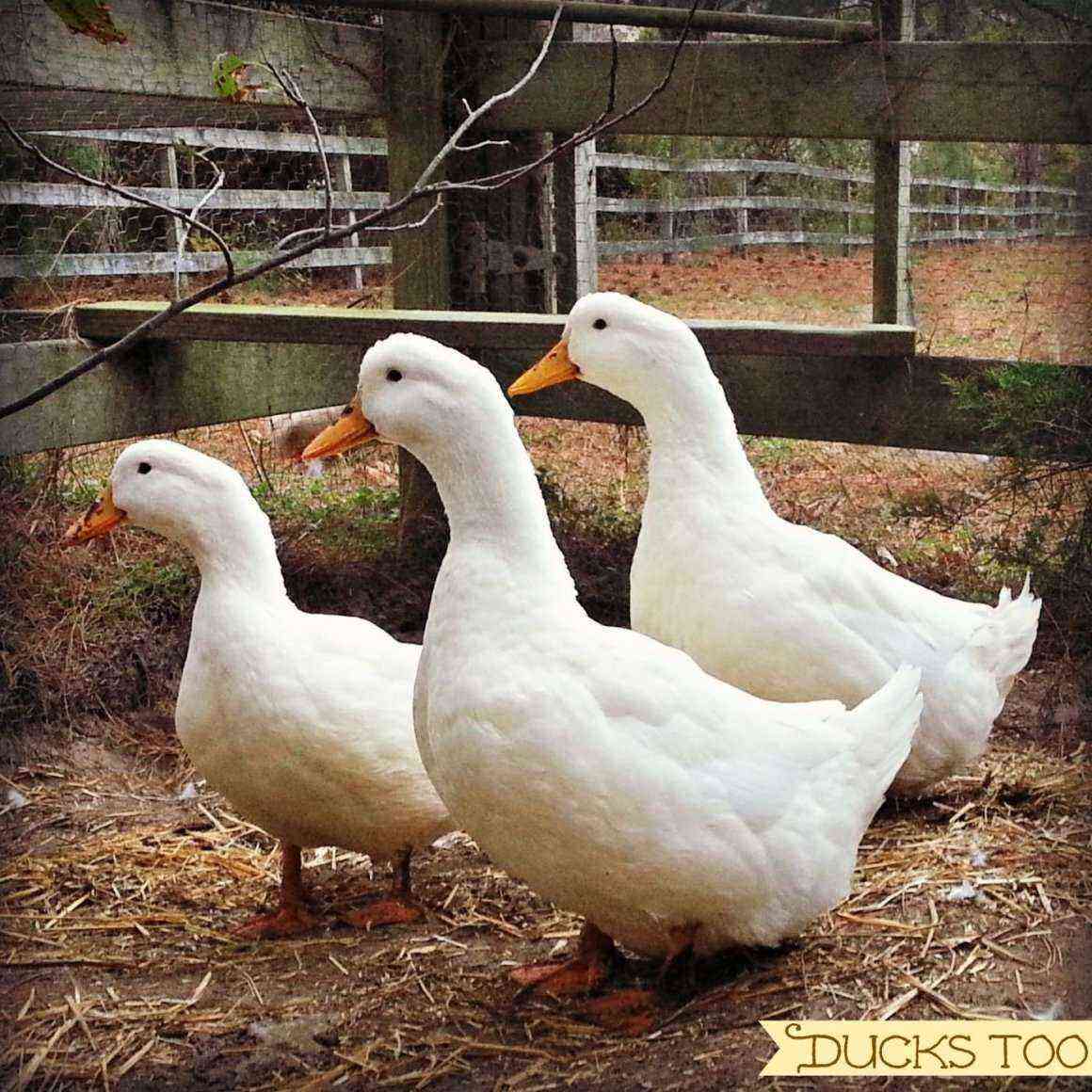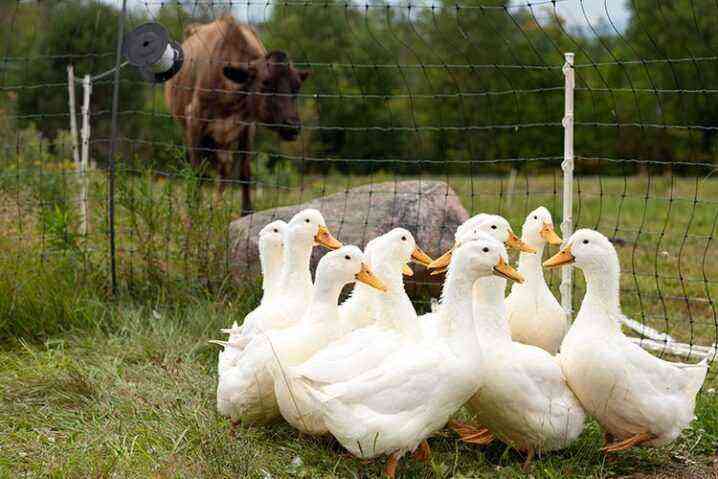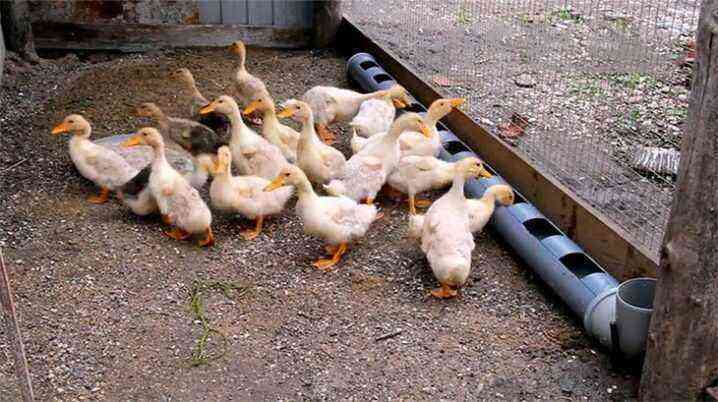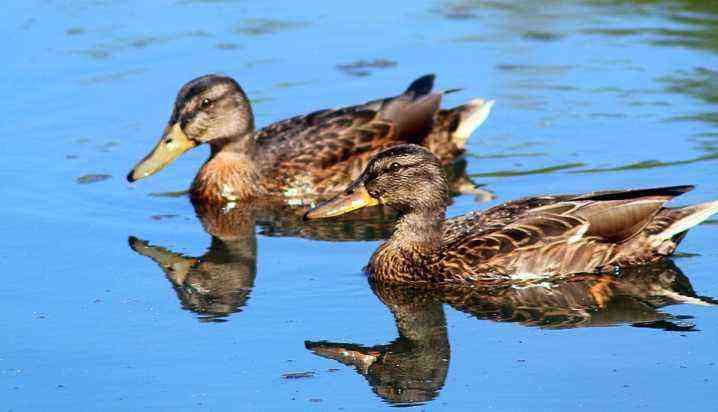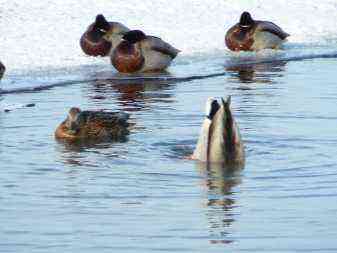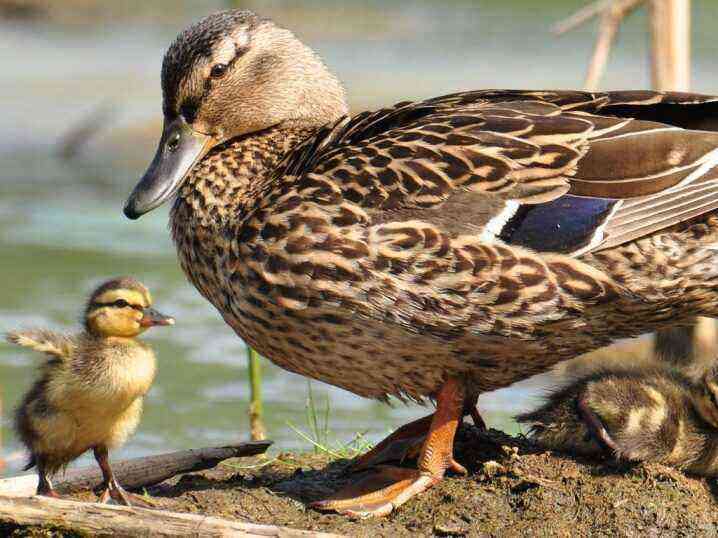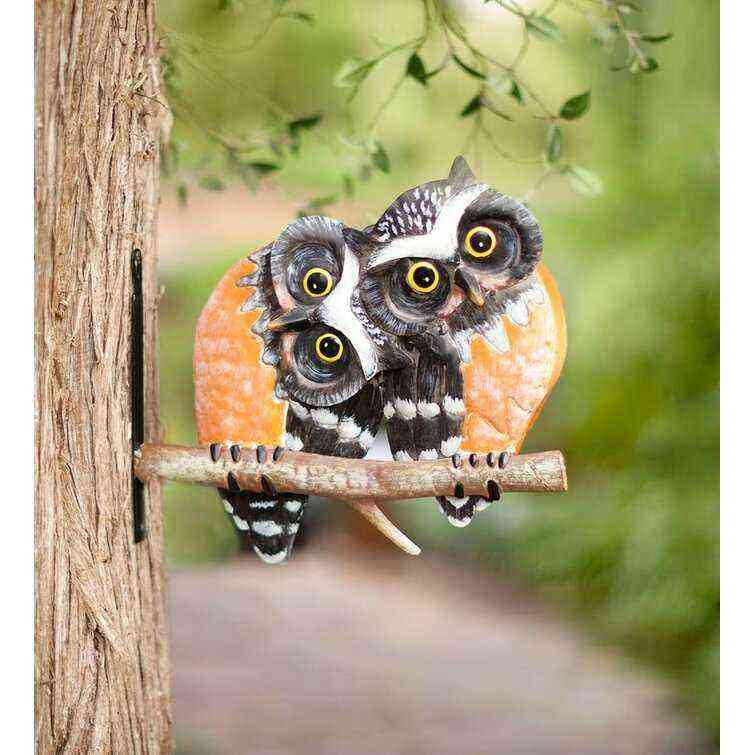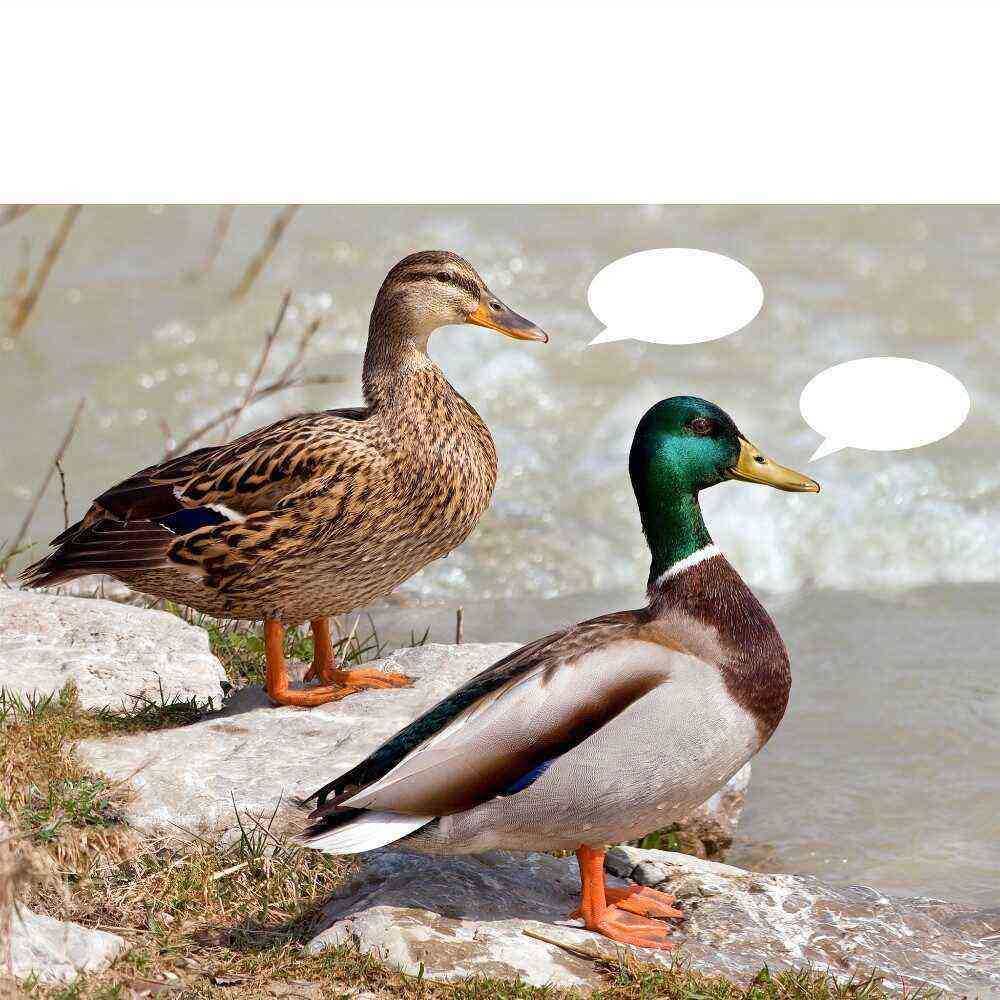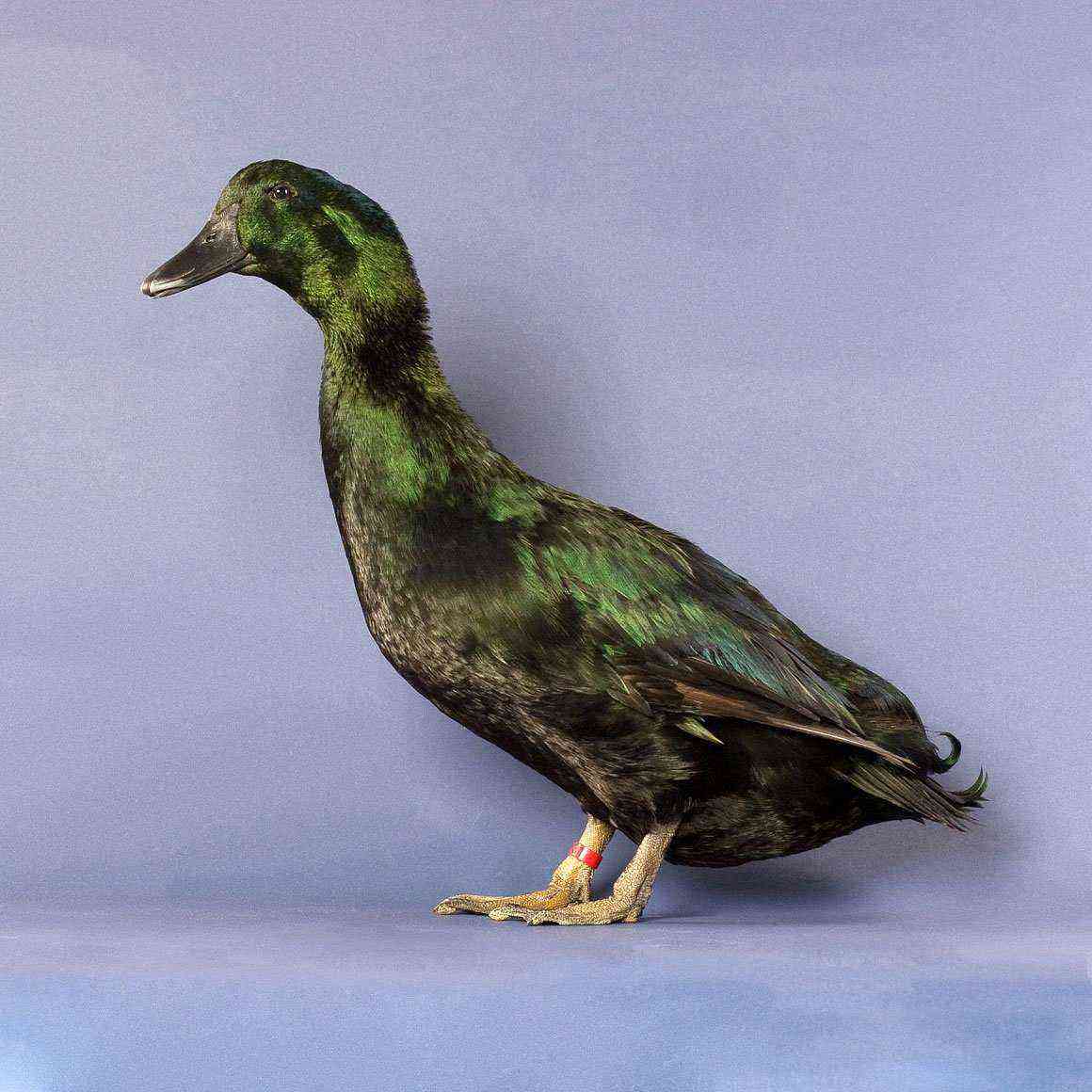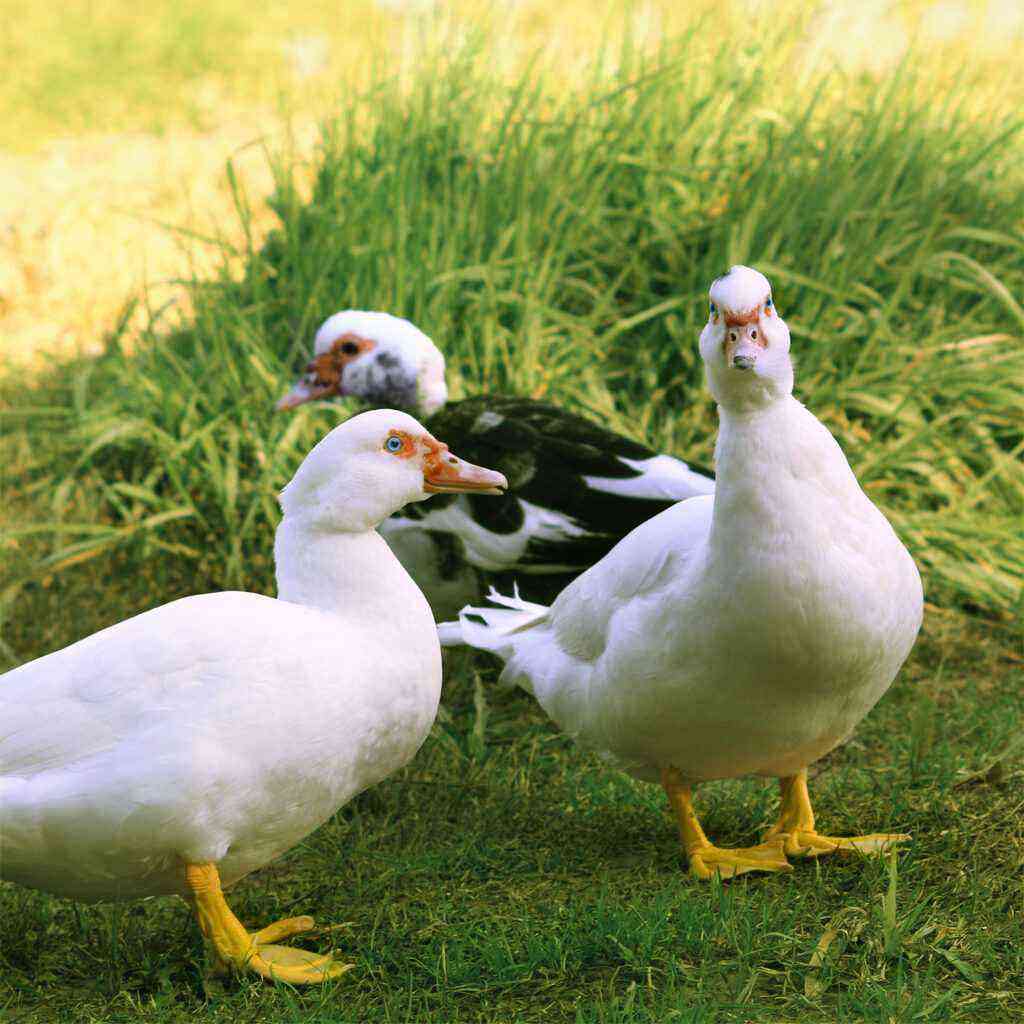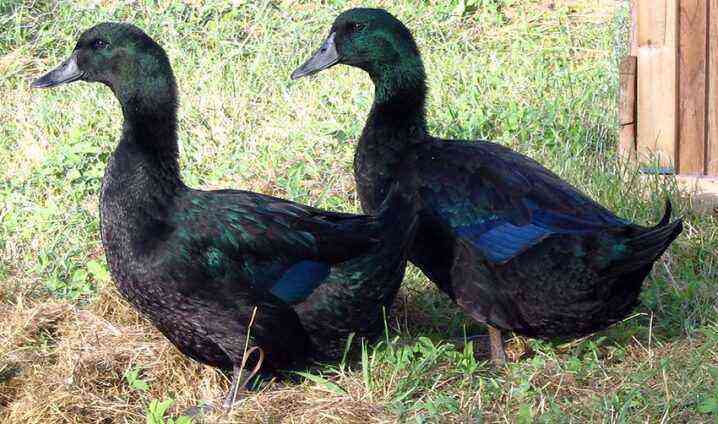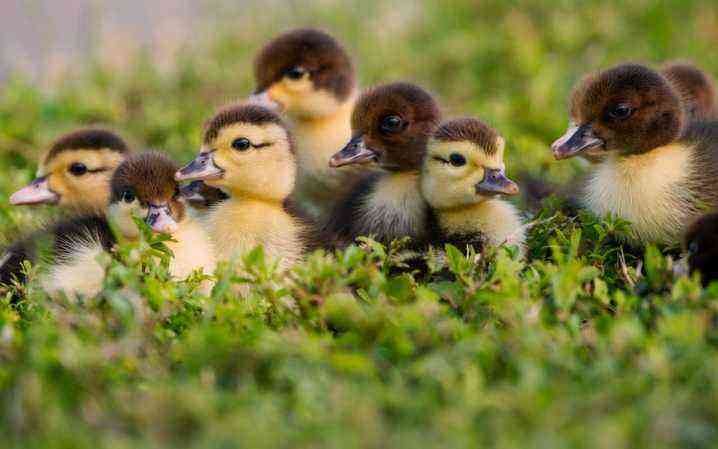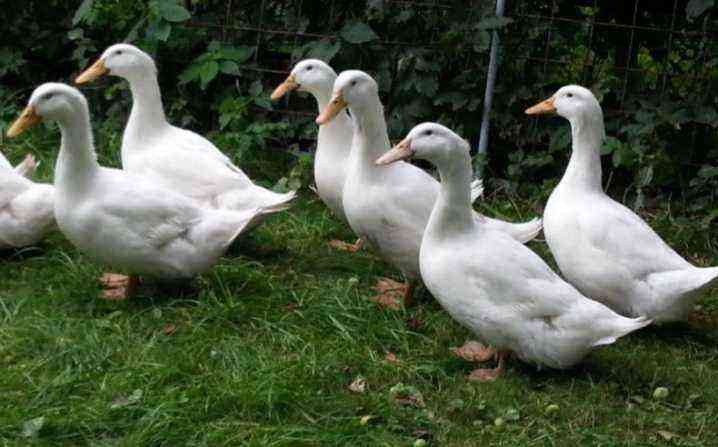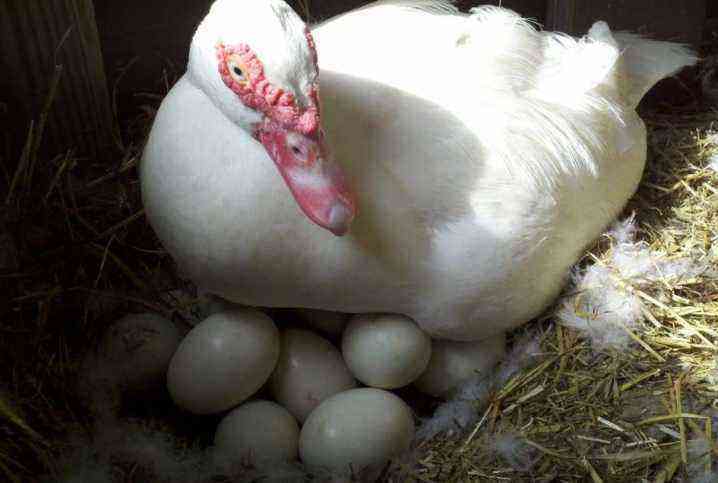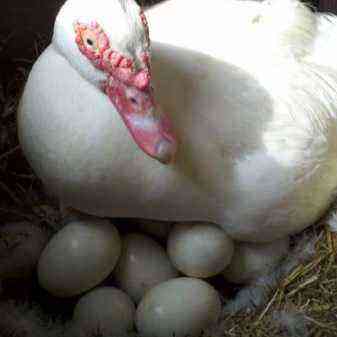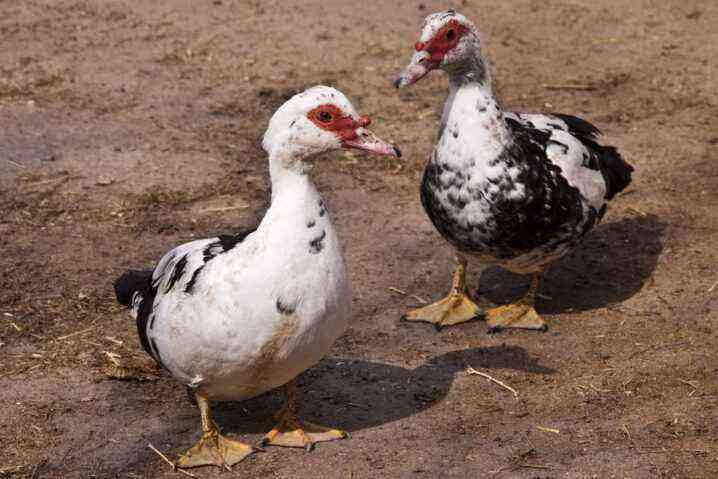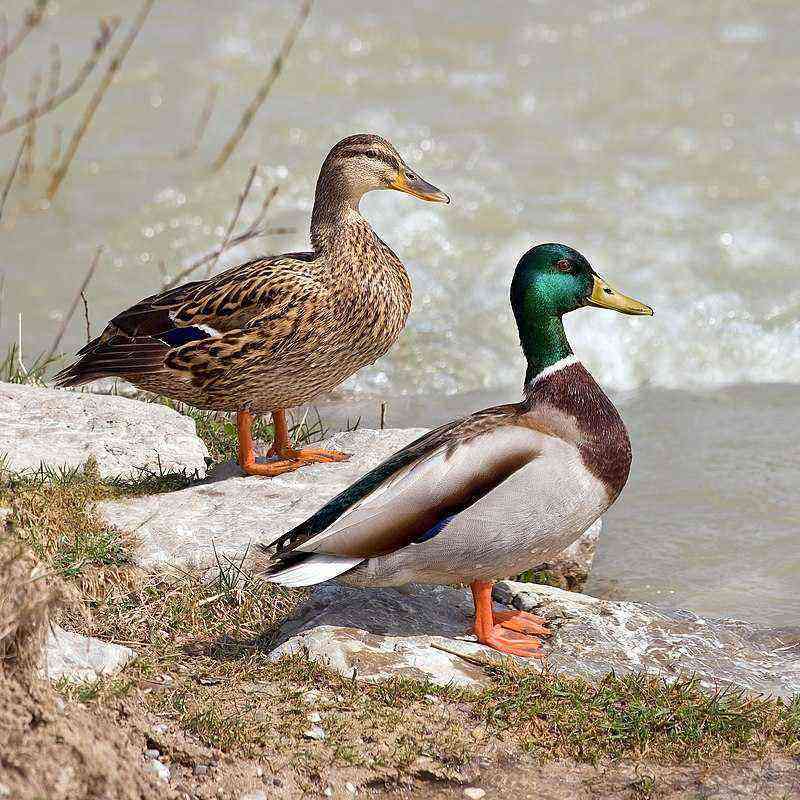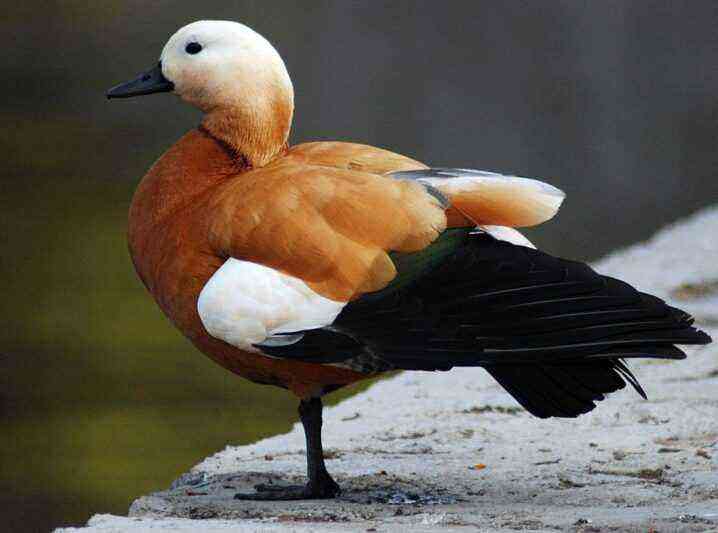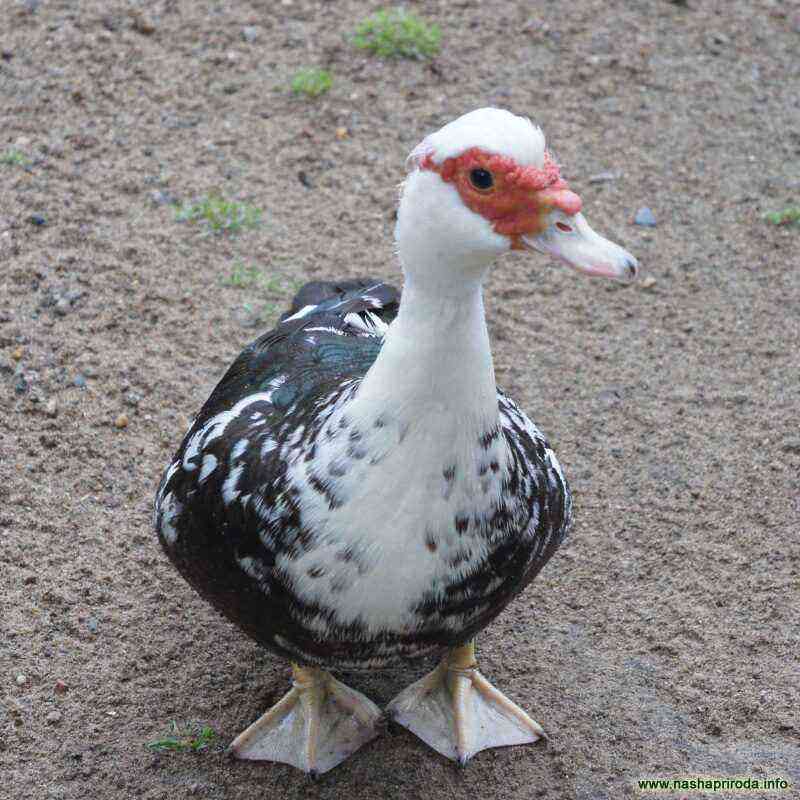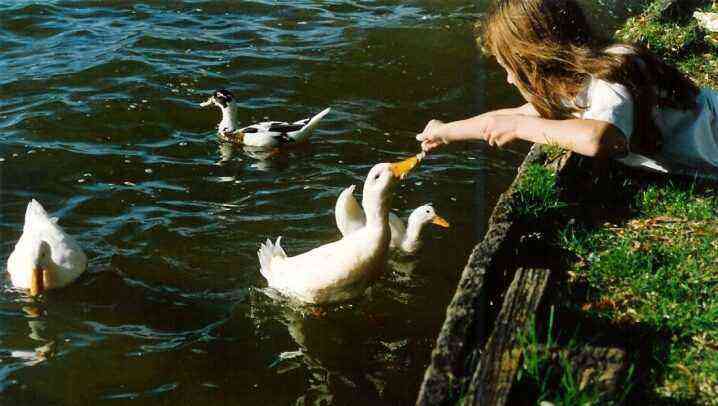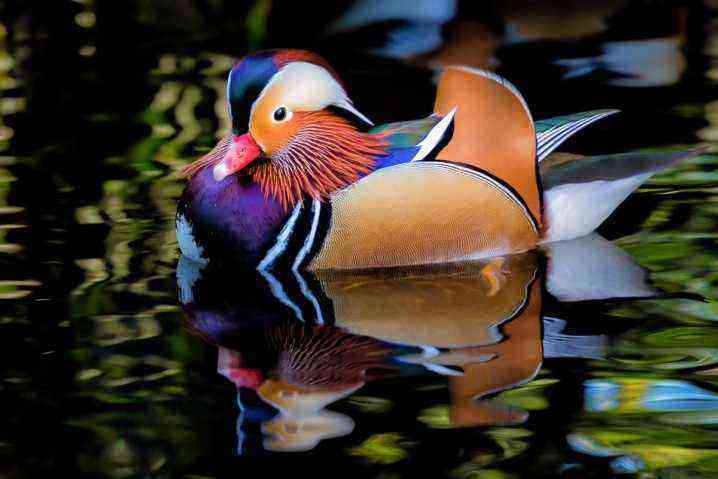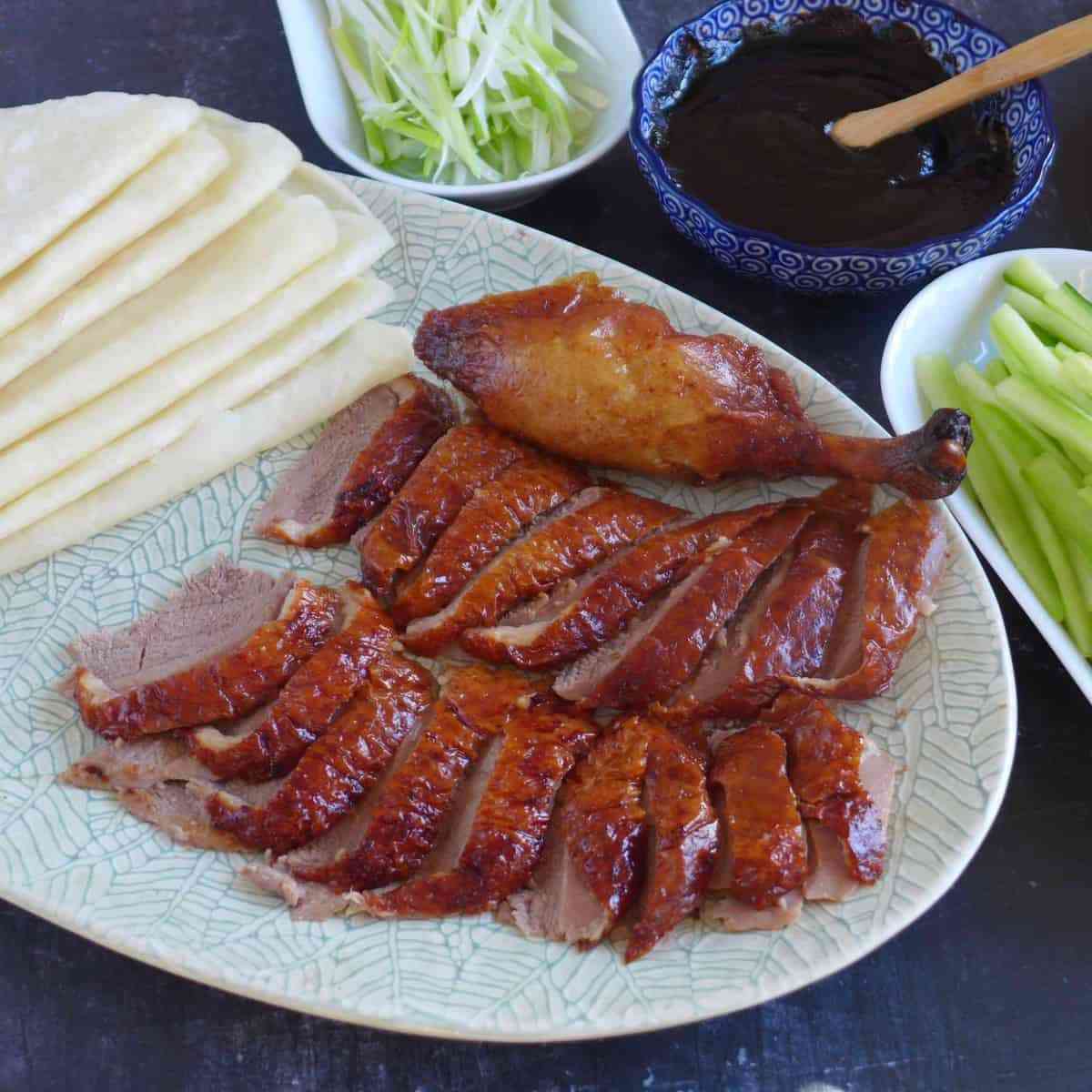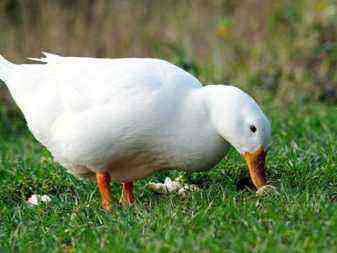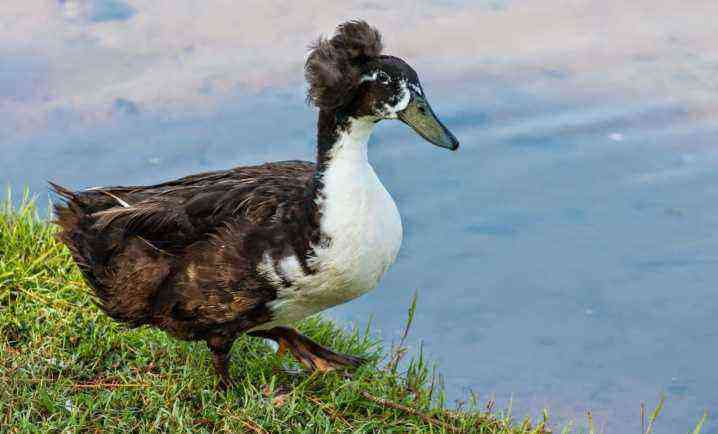Birds occupy one of the main places in farms of various sizes. Among the most popular varieties of birds, it is worth highlighting ducks. Today, there are breeds of these birds that are actively bred in order to obtain meat and egg products. One such representative is the Indian runner duck.
History of origin
The birds got their name not by chance, it is due to such innate characteristics of ducks as marathon qualities in terms of quickly overcoming various distances, as well as outstanding swimming abilities. In addition, on farms, Indian runners are famous for their productivity in terms of egg production, as well as high palatability of meat. The progenitors of this breed is the penguin duck. For the first time, poultry breeding in households was started in Asian countries, later the bird was brought to England and Germany, and then all over the world. Scientists say that this is one of the oldest breeds of ducks, which is less than two thousand years old. References to exotic birds are found in the records of Darwin, who originally named them after the progenitors of birds.
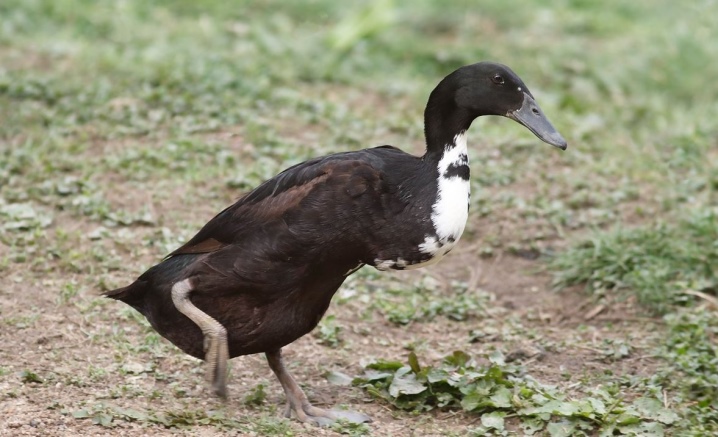
In Russia, the runner was kept for quite a long time only in zoos and was shown at various exhibitions, since they were primarily interested only in the exterior qualities of the bird. However, later the Indian runner began to be grown on farms, with the aim of obtaining egg products.
Breed description
The main distinguishing feature of ducks is the body structure. These waterfowl are distinguished by their upright body, outwardly resembling an oblong bottle. Ducks are quite slender, the chest is moderately rounded. Feathers can have many variations of shades and colors. The feather itself is very smooth, plumage fits snugly to the body. Usually the bird weighs about 2-3 kilograms. The Indian runners are also distinguished by the manner of movement – if most of the representatives of poultry move, wading heavily from one side to the other, then the Asian bird runs, while developing a decent speed. However, such a manner will be the opposite of the nature of the runner, since the birds are not aggressive, they are calm. However, in the presence of a threat of any kind, they can show signs of anxiety, make noise, breeders note some fearfulness of runners.
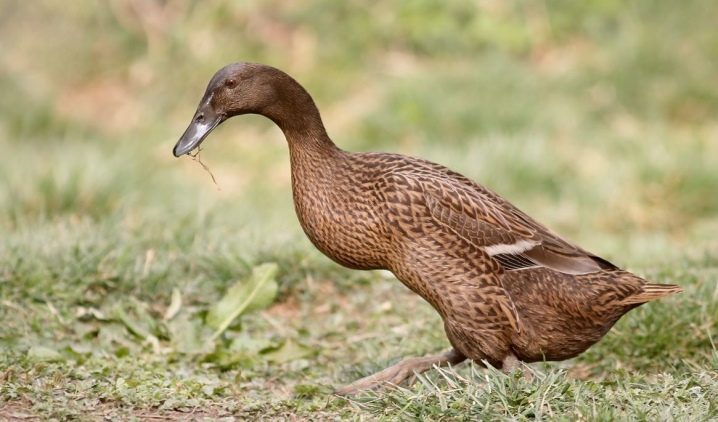
Females differ from males in plumage color, ducks will have much more white plumage. However, Indian runners also come in black, brown, and solid colors, which can be difficult to determine the sex of the birds. Females will also have a lighter shade of beak and limbs. In drakes, a tail bend is observed when an individual reaches 3 months of age. As for the voice, females quack while communicating with other birds, when drakes wheeze. Males are usually larger than females, an adult bird will weigh about 2-3 kilograms, when chicks at the age of two weeks can already gain a mass of one and a half kilograms.
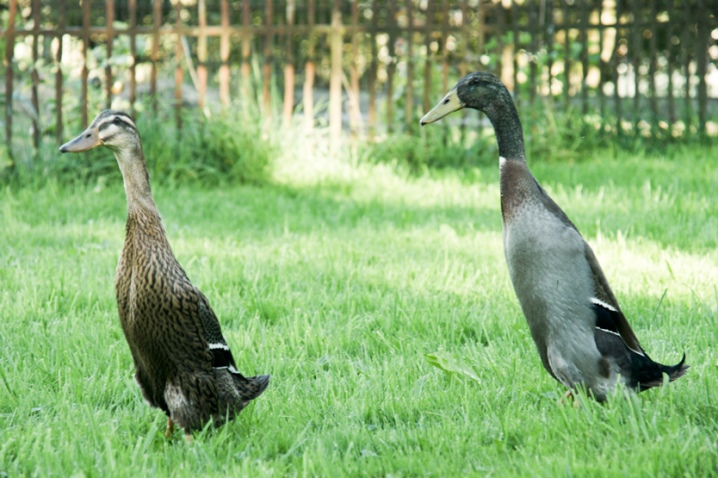
This breed, interesting in terms of appearance, is very often used by breeders and breeders to obtain poultry with universal productive characteristics. Today, runners are classified into several varieties, taking into account the color of the plumage.
wild ducks
Beautiful birds, in which the head and neck will have dark plumage with an emerald sheen, there is also a light ring on the neck. The drake’s beak is green; ducks develop with a yellow beak. The wings of the birds are dark gray.
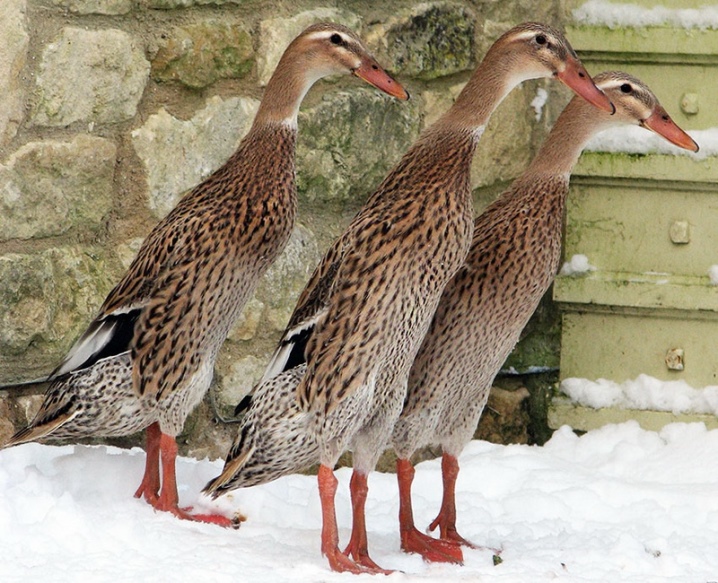
Trout color
This species will have a reddish-tinged breast with a dark back and gray wings. Usually the throat and belly are light.
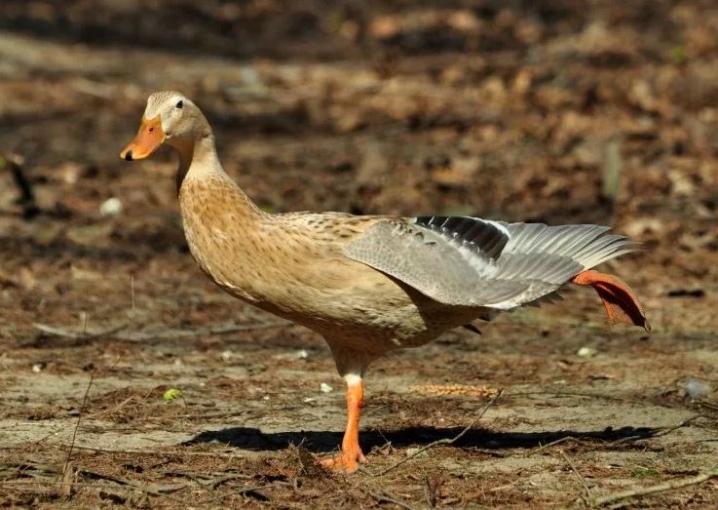
wild silver
Males are silver in color, the head is black, and the chest is burgundy. The wings of birds are gray with a hint of light green. Ducks of this variety develop with a yellow feather color.

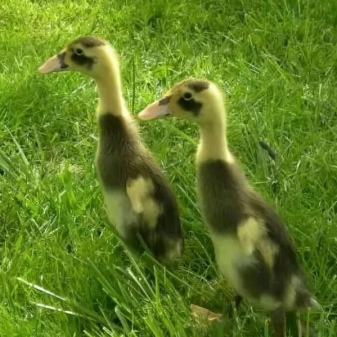
white ducks
Birds will have snow-white plumage with a lemon-colored beak.

black ducks
Drakes and ducks will be solid with an emerald feather hue and a similar beak color. And also in nature you can find birds of Asian breed with a feather of blue, pea or spotted color.

Productivity
Despite the fact that the bird is primarily distinguished by an attractive exterior, the main direction of the breed is egg production. The runner is the only duck that is used in the farm in this direction. Eggs stand out for their large size, unlike chicken ones, in addition, they have a slightly different taste. Duck eggs are valued for their balanced chemical composition, and they can be stored much longer. It has been established that the duck egg is less fat, but it is very well absorbed by the human body, it is distinguished by increased nutritional value.
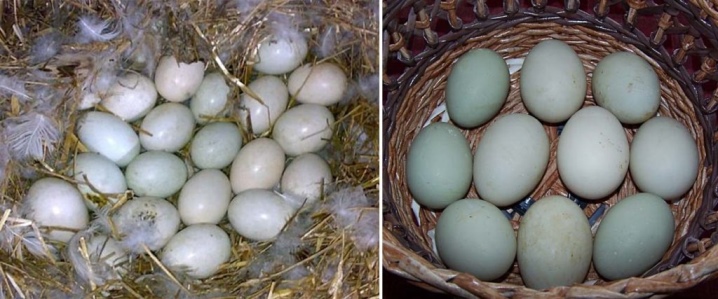
The egg production of the breed is about 350 eggs, each of them will weigh about 80 grams, such weight indicators are observed only in some chickens of large breeds. The color of the shell is predominantly white, but there are green and blue products. Indian runner eggs are quite in demand among European confectioners due to the splendor and tenderness of the protein component.
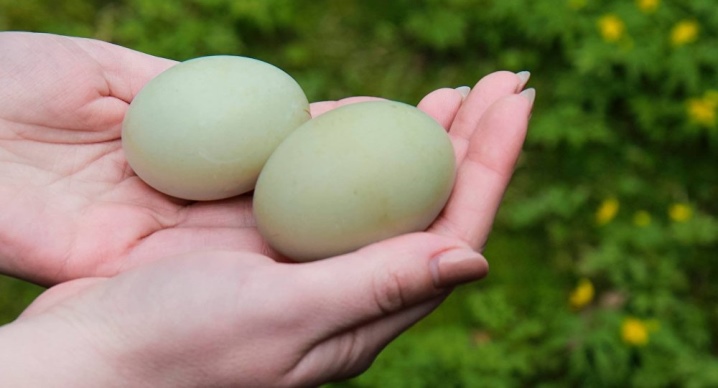
In addition to the egg direction, Asian ducks are grown for the purpose of obtaining meat. Meat products are valued due to their dietary characteristics and excellent taste. Runners lack the distinctive taste of mud in meat, which is inherent in all birds of this species, protein predominates in the chemical composition, and cholesterol is completely absent. Therefore, it can be considered a dietary product to be consumed by people suffering from a lack of vitamins and a tendency to frequent illnesses in the light of underdeveloped immunity. The output from one bird is small, since one individual weighs about two kilograms, but this will be enough for a full meal.

Advantages and disadvantages
Among farmers around the world in the process of growing such a bird, opinions have developed about its positive and negative qualities. The advantages of the breed include:
- high productivity in terms of egg production;
- decorative appeal of all varieties of the breed;
- strong immunity to many ailments;
- minimal presence of noise from birds during breeding;
- birds quickly adapt to the peculiarities of the climate, and also tolerate temperature drops to negative levels;
- duck mint has a dietary composition, as well as high palatability;
- the bird runs perfectly, which excludes the possibility of obesity of individuals with the correct organization of the breed;
- young growth develops and grows rapidly.
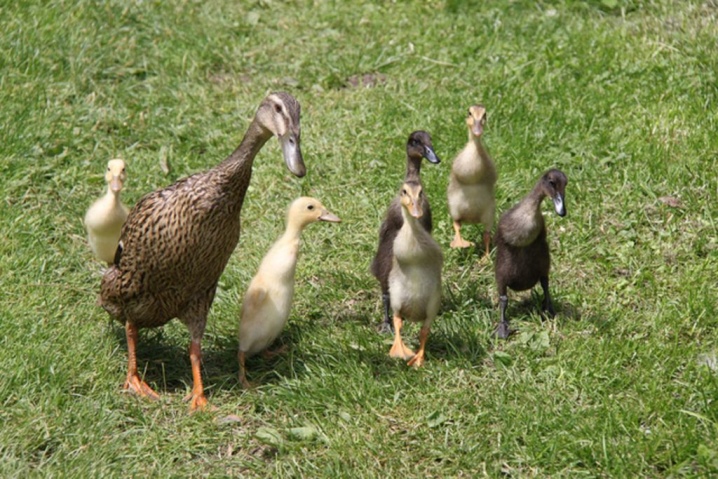
To the few disadvantages of the need to add:
- excessive shyness of birds;
- a small yield of meat from one individual, therefore, as a combined breed of a runner, it will not be possible to breed.
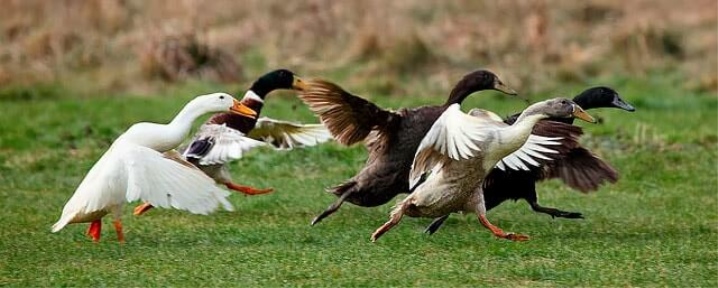
Conditions of detention and care
Despite their exotic appearance, the birds are quite unpretentious in keeping. For the Indian Runner, the breeder will need to make a bird house. The main requirement for the room will be the absence of drafts and high humidity. Ducks will need to cover the floor with dry bedding, as well as provide the birds with the necessary amount of food. If the breeder plans to breed ducks in order to produce offspring, then the house must be warm, in addition, the runners will need to make lighting inside. The optimal length of daylight hours will be 10-12 hours. If ducks are expected to winter, especially in a region with harsh winters, it is worthwhile to arrange heating in the room in advance.

The area where Indian runners will be held outdoors is recommended to be fenced off. For one individual, about 10 m2 of free space will be required. This feature is due to the need to provide ducks with greenery and grass in excess to replenish the supply of necessary important trace elements.
This breed belongs to moisture-loving birds, so breeders should equip poultry houses near water bodies. If there are none, then for the hygiene procedures of Indian runners, containers with water should be placed in the aviary. They are necessary for individuals to keep plumage clean, especially when ducks molt. But as practice shows, keeping Indian runners without the opportunity to swim negatively affects their productivity and health.
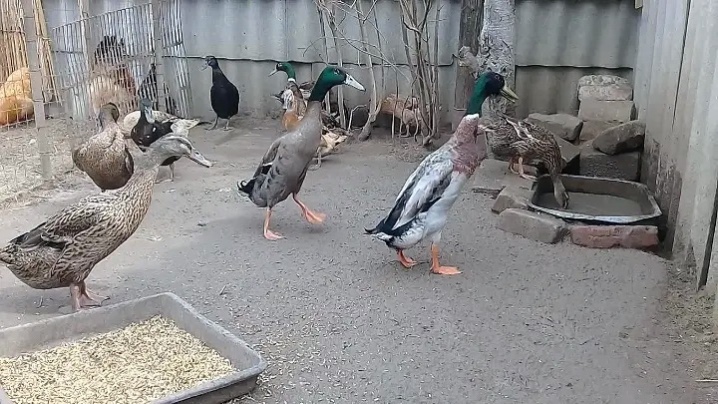
Feeding
Breeding the jogger on a private farm is quite a profitable business, since the ducks will eat free-range for most of the year. Pasture birds will save the breeder on the purchase of feed. However, in the evening, the bird will still need to be additionally fed, using a variety of crops recommended for feeding ducks. If Indian runners are kept in closed conditions, then the birds will need to introduce dandelions, greens, spinach, industrial compound feed, nettle leaves into the diet without fail.
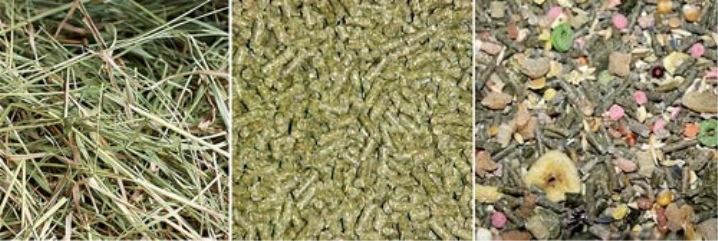
If the birds are bred free-range, then only one additional meal per day will be required. For Indian runners, wet cereal-based mashers can be fed with regular grain. For the good development of ducks, they need oats, barley and millet, peas, waste from vegetables and fruits. And you can also additionally give ducks vitamin and mineral complexes. To improve egg production, runners are encouraged to give chalk, shell rock and crushed shells. In winter, the diet of ducks will be reduced to 4 meals a day. Young growth in the first days must be fed with a boiled egg. From 4-5 days, ducklings can already be given cereals soaked in water, after which the brood begins to graze along with the rest of the adults in the fresh air.

Breeding
In order to get offspring of Indian runners, the breeder should first of all deal with the formation of a family between birds of both sexes. For one drake born this year, 5 ducks are selected that hatched in the fall last season. The breeder of runners should pay attention to the fact that birds with white plumage only rush in winter, while black ones in the summer months. It is recommended to choose ducks for offspring taking into account the external characteristics and weight indicators of birds.
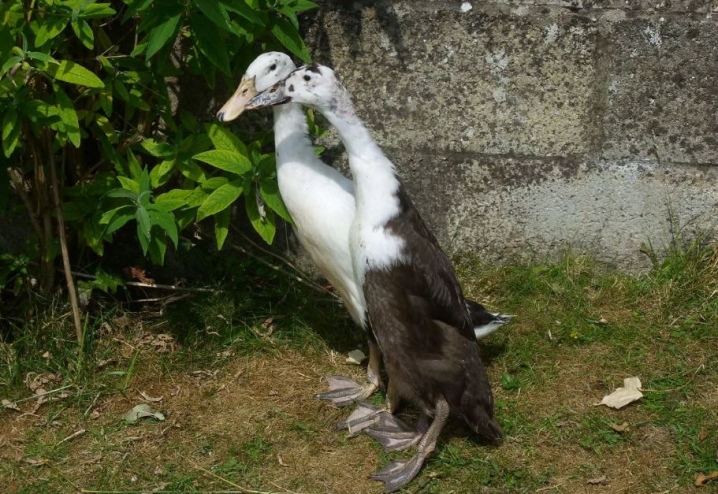
The eggs are incubated by the duck, or they are sent to the incubator, the percentage of hatchability under artificial conditions is about 80%, while the eggs that the duck will incubate on its own will delight the breeder with offspring in 95% of cases.
If the offspring is obtained using an incubator, then the breeder is recommended to adhere to a certain algorithm of work.
- For the first 7-10 days, eggs should be laid 3-4 times a day, while the temperature requirements will be reduced to maintaining it at + 38 ° C with a humidity of about 70%.
- Then, during the second week, the temperature and humidity in the incubator are lowered by 1 degree. At the same time, it is worth turning the eggs at least 5-6 times.
- After 2 weeks, you can reduce the heating temperature by a quarter of an hour. And also the breeder should process the masonry with a solution of potassium permanganate.
- In the last week, the thermometer should remain at + 37 ° C with a humidity of 85%. However, the eggs will no longer need to be refrigerated.
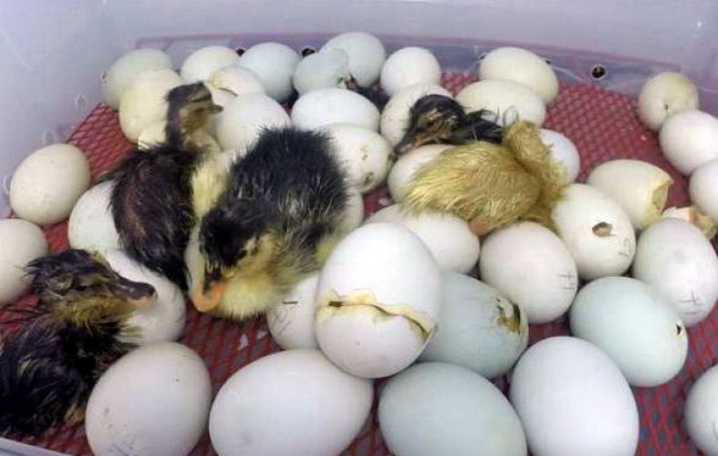
Regardless of the chosen breeding method, ducklings are born after 29-31 days. Young animals are born strong and active, in addition, they develop quite quickly. The ducks of the Indian runner have a well-developed maternal instinct, so the breeder will not have any problems with further raising offspring. Ducklings are kept in a separate pen so as not to reduce the egg production of birds. Upon reaching one month, the ducklings will already look like adults.
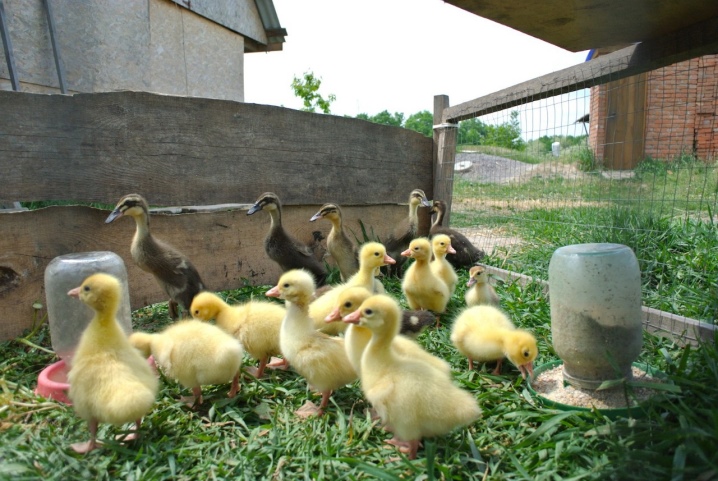
Reviews
Breeders of this beautiful breed of birds note the excessive shyness of ducks, however, runners quickly get used to new conditions and people, and later they can even be hand-fed. In terms of interaction with each other, they very rarely express aggression. Egg production in ducks is at a high level.

For information on how to properly care for an Indian runner, see the following video.
